Hearing Loss with the Use of Protective Face Masks
During the COVID-19 pandemic, we have all learned about the vital benefits of wearing protective face masks and coverings. They can significantly prevent or limit the transfer of respiratory droplets that may contain the virus. However, for those with underlying hearing loss or impairment, face masks can introduce a new, unexpected barrier to communicating with others, whether they are currently using hearing aids or not.
First, a face mask or covering has the potential to alter both the volume of the sound produced when speaking as well as the tone and clarity of the words. In a way, they act as mufflers of sound. For those with significant hearing loss who have learned to use facial expression and lip reading to enhance the spoken voice, they may lose that valuable tool because the mask covers the face and mouth. Second, when you factor in social distancing of six feet or more, the challenge only multiplies for those used to closer interactions.
What If I Wear Hearing Aids?
People who wear hearing aids can have problems with a face mask fitting over and disrupting both “behind the ear” (BTE) and “in the ear” (ITE) hearing aids. Masks can interfere with tube continuity and change the position of the hearing aid in the canal, which can interfere with its effectiveness. Patients can also have their hearing aids pulled out and broken if the devices catch on the loop of the mask.
So, What Can I Do?
There are some simple things you can do to help maximize your ability to hear when someone you are speaking to is wearing a face mask or covering. One of the most important things is to try to minimize background noise as much as possible. Background noise can significantly impair a person’s ability to understand communication even in people with normal hearing.
Also, it is important to stand in front of a person when speaking instead of standing beside or behind them because you can still gather clues from body language and expressions. And if you wear hearing aids, make sure that the batteries are operational, and that the devices are fitting properly in your ear.
For those speaking to someone with a hearing loss in this situation, it is important to speak slowly and enunciate your words, while not yelling at the person. Clear masks, or masks with a clear panel over the mouth, may also be available to assist with lip reading. For individuals with hearing loss but without hearing aids, you might consider a Personal Sound Amplifying Product (PSAP) or a common phone app that amplifies sound.
Even after taking all these precautions, you should realize that it is still quite difficult for many people to hear in certain circumstances, particularly while wearing protective face masks and coverings. Just be patient and understand that everyone’s hearing circumstances may be different.
Related Conditions
The information on ENThealth.org is provided solely for educational purposes and does not represent medical advice, nor is it a substitute for seeking professional medical care.
Copyright 2025. American Academy of Otolaryngology–Head and Neck Surgery Foundation

